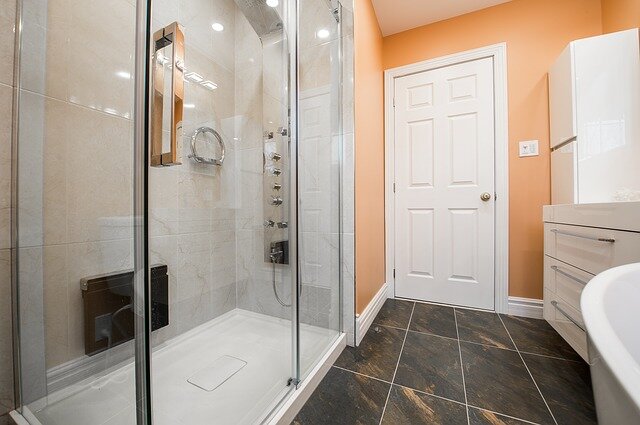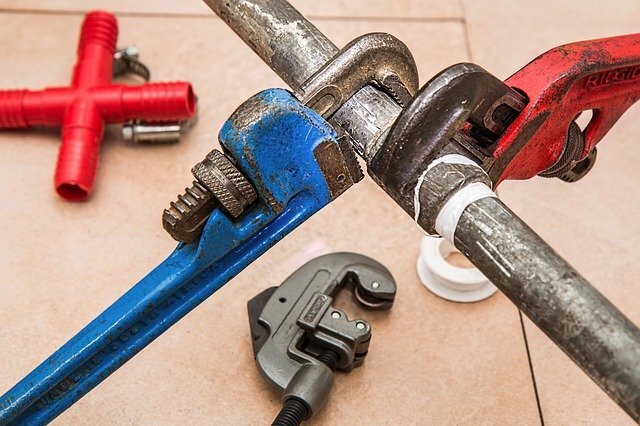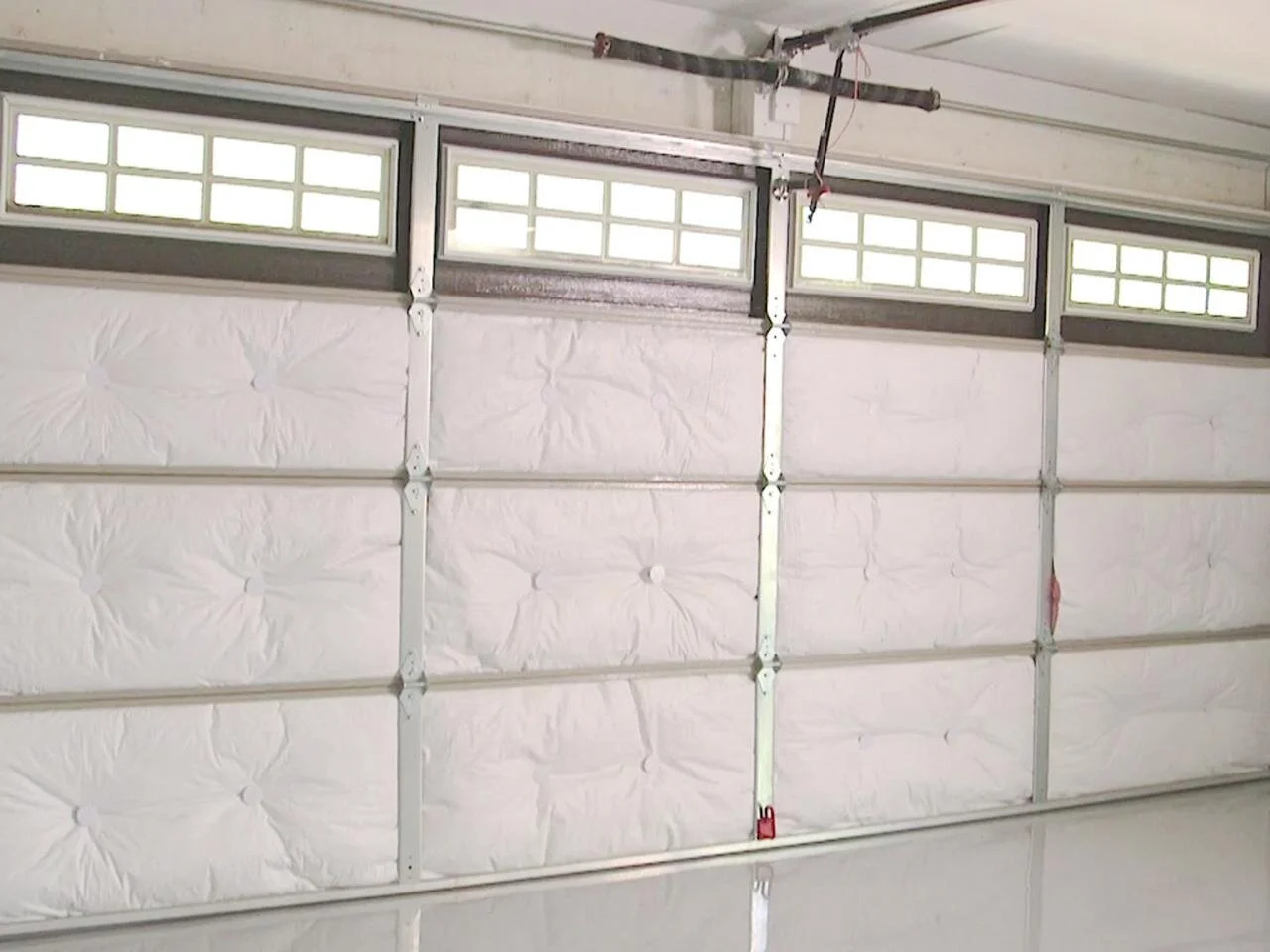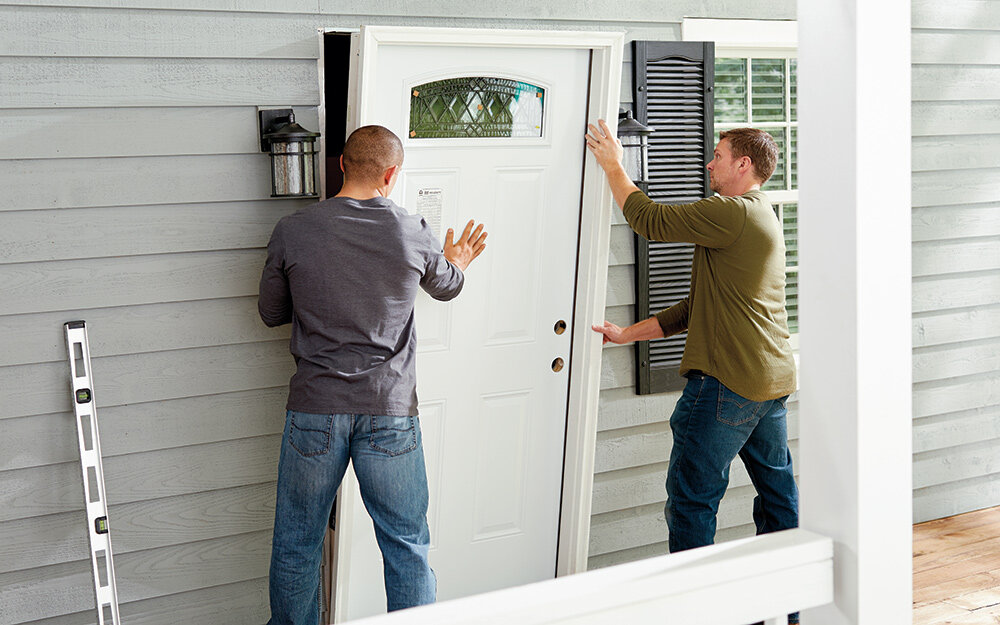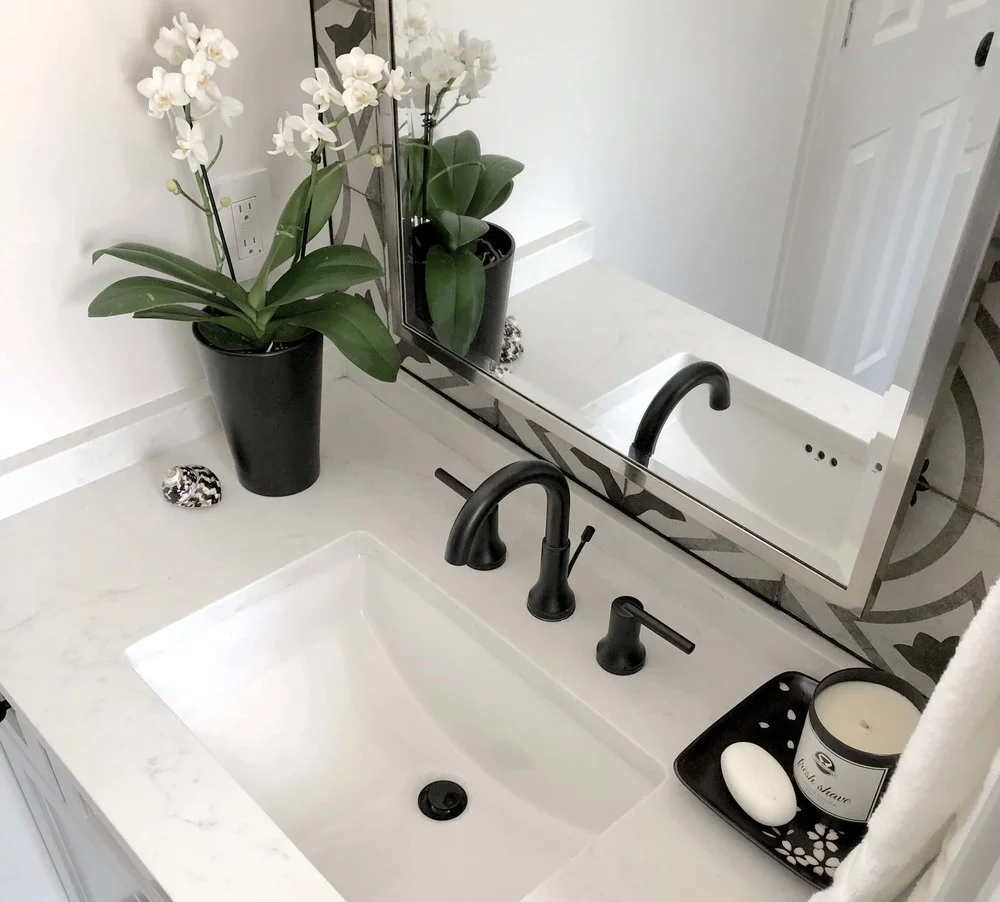Choosing a New Safe
RH Business Marketing Solutions
Homeowners are always interested in learning the best ways to keep their homes and possessions safe and secure. Locksmiths can provide all the potential security measures to guard a home, from security cameras and alarms to smart locks. To ensure that valuables such as jewelry, cash, firearms, and documents remain protected and secure, a homeowner can invest in an in-home safe, which is the best defense if an intruder makes it past all the other home protections.
Safes don't just offer protection against a burglar. They also guard against natural dangers such as fire and water. However, picking the right safe is crucial, and with the many options available, such as different certifications and technical attributes, it can be daunting to potential buyers. The optimal safe is one that provides security, protection, and ease of use.
When it comes to purchasing a new safe, here are a few factors to consider to make sure it matches the buyer's needs and requirements:
Size
The first determiner is the size and shape of the objects that will be kept in the safe to make sure that the correct size is purchased. It's always best to pick a safe bigger than the items to be stored to avoid overfilling it in the future.
Portability
A smaller, lighter safe is portable and can provide the ability to change its location easily. The smaller safe can be moved in case of an emergency; however, it is not recommended because it is also easy for a burglar to carry it. It is wiser to buy a safe that will be anchored in one spot.
Resistance to fire
To protect one's valuables, it is always advisable to choose a certified fire safe, which is made to resist high temperatures. Fire protection can range from 30 minutes to an hour. The best type of safe depends on the contents that will be kept in it.
Locking system
A decent locking system is pivotal in keeping the safe secure. A cheaper locking system will leave the safe vulnerable. The type of lock chosen affects the price and level of security. Fingerprint, electronic, and mechanical locks are all available; however, each has advantages and disadvantages. Combination locks are typically considered the best for safes when compared to keyed locks.
Wall safe recommendation
If the homeowner wants a wall safe, they should install one right before the painters update the interior wall color. That way, the paint won't be ruined upon installation of the safe and blending will be more seamless.
Since so many people work from home these days, a wall safe could be optimal for holding important documents or other work-related items.
Steel thickness
The thickness of the steel will decide the level of protection from burglars. It is measured by gauge, and a smaller gauge number means more thickness. A 12 gauge is considered the ideal thickness for a home safe.
Budget
Pick the safe with the highest grade that stays within the budget. Don't get one with tons of features that might not be necessary. However, don't purchase a low-quality, cheap safe.
Brand
It's best to research the ratings and reviews of different brands of safes. Choose a manufacturer that crafts quality safes and has good market standing.
An optimal safe is one that effectively protects valuables from issues that cause concern. Hire a residential locksmith for safe installation as soon as the right safe with all the correct requirements is chosen.
Guest Contributor: Richa Khandelwal












